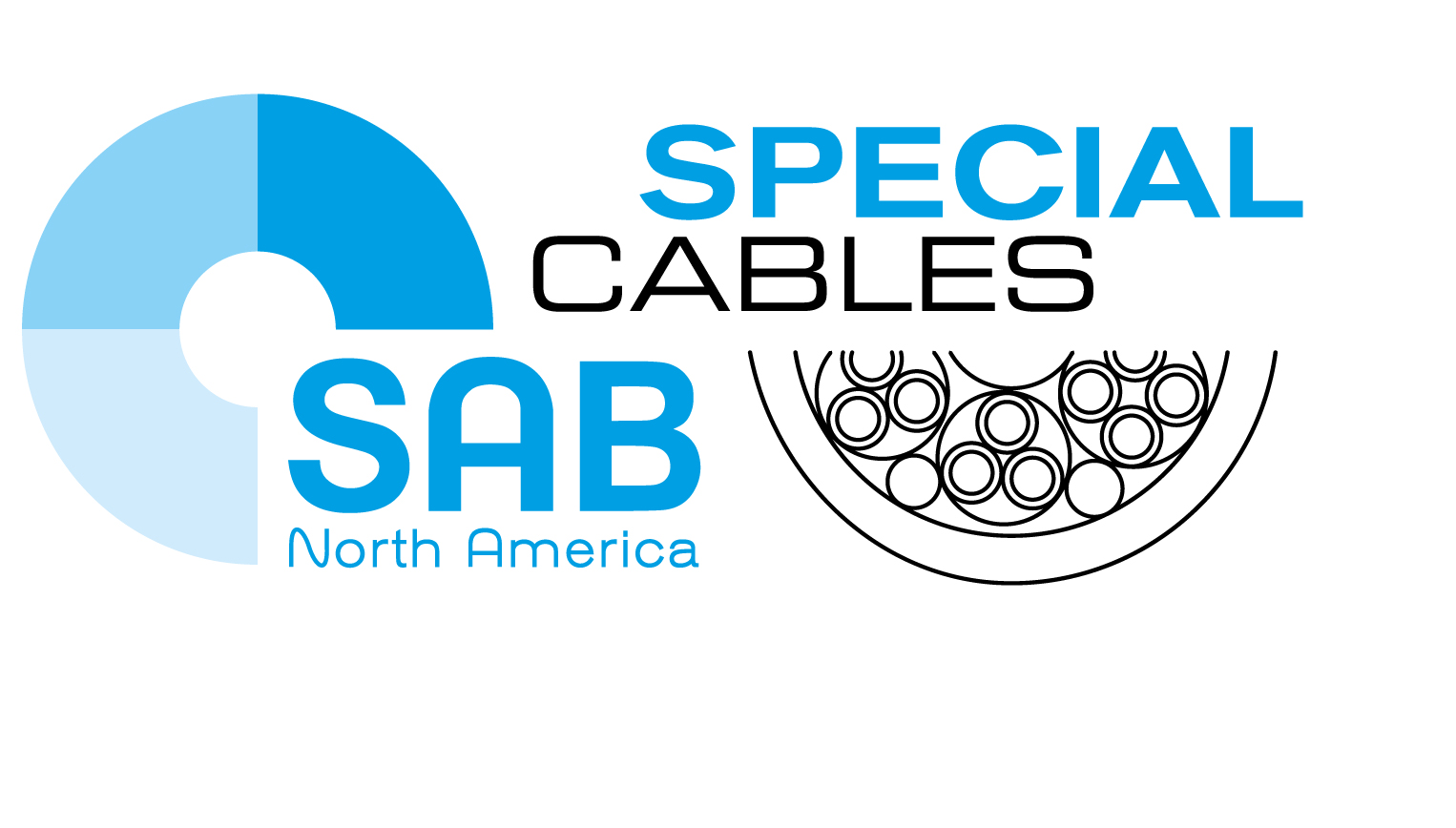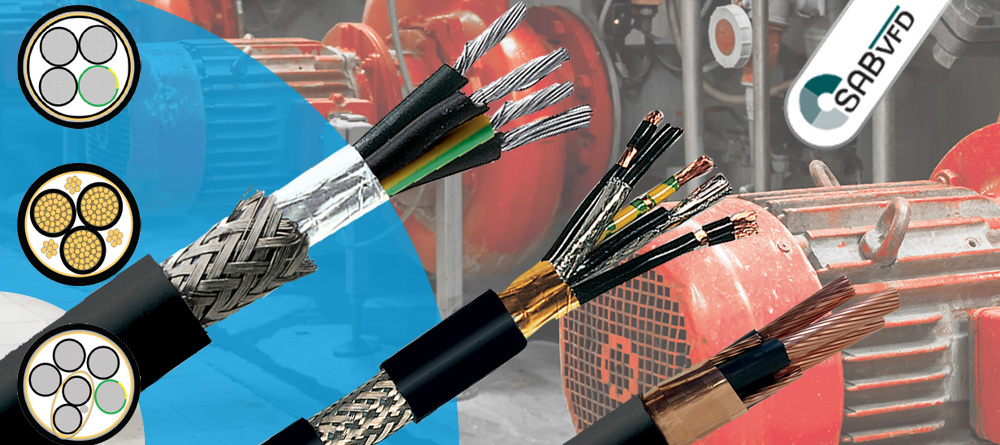In today’s smart, automated factories, the deadlines for machine building and installation can be ambitious. And if you’re installing cables for variable speed drive (VFD) systems used in conveyors, assembly lines or processing equipment, you may be under extra pressure to build the system quickly. Despite these challenges, you can’t afford to take shortcuts during installation. Here are seven details to remember to ensure a smooth installation process, as well as optimal machine performance and uptime:
Insulation and Conductor Tips
1. Some VFD cables have insulation that is thicker than what the code requires, raising the Corona Inception Voltage (CIV) levels to extend cable life. Such cables also have lower capacitance values, which in turn reduces instantaneous overcurrent faults on small drives.
2. Designers and installers must know about the NFPA 79 2018 code change. To summarize, PVC insulation is no longer acceptable, and XLPE insulation is required to meet XHHW or RHW ratings:
There has been a change to NFPA 79 in 2018 regarding VFD cables. PVC based insulations are no longer acceptable. The change requires the insulation be XLPE. For any new installations and machinery going to U.S. states that have adopted NEC 79/NFPA 79 2018 Edition as their electrical standard to meet, the VFD cable must be marked RHH, RHW, RHW-2, XHH, XHHW or XHHW-W. SAB North America designs its VFD cables with cross-linked polyethylene (XLPE) insulation, which is rated for RHW-2 and XHHW-2, making it compliant to NFPA 79 2018.
3. Your choice of conductor may depend on the length of the installation. For lengths less than 100 feet, an XHHW-2-rated conductor is good. Over 100 feet, we recommend using RHW-2-rated conductors.
Shielding and Grounding Tips
4. Because VFDs have unbalanced three-phase vector sums, the current is never equal to zero at neutral. Accordingly, it’s important to provide proper shielding and grounding paths with low impedance back to the drive, guarding against the effects of common-mode currents and high-frequency bearing currents.
5. Never use unshielded cables in a conduit or tray to prevent unintended paths to earth ground. This practice can cause ground loops. In addition, provide proper shielding and grounding where the cables connect to the drive enclosure, as well as where the cables connect to the motor. For these connections, use EMC glands and shielded cables.
6. To avoid the skin effect from drain wires, be sure to also tie the shield directly to the PE terminal at the drive to provide more copper mass.
There’s No Substitute for Good VFD Cables
7. Note that shaft grounding rings only address shaft currents in certain cases and don’t address stator currents. In a similar limitation, VFD output filters don’t address common-mode and high-frequency bearing currents, so they’re not a substitute for well-cabled machinery.
At SAB North America, we offer a broad range of flexible, reliable UL- and CSA-listed VFD cables designed to minimize downtime and provide long life for industrial systems and equipment. We also offer a complete range of IP68, RoHS-compliant polyamide, nickel-plated brass and stainless steel cord grips in a variety of colors, sizes, styles and thread types.
For more information about our VFD cables, visit our product page.


